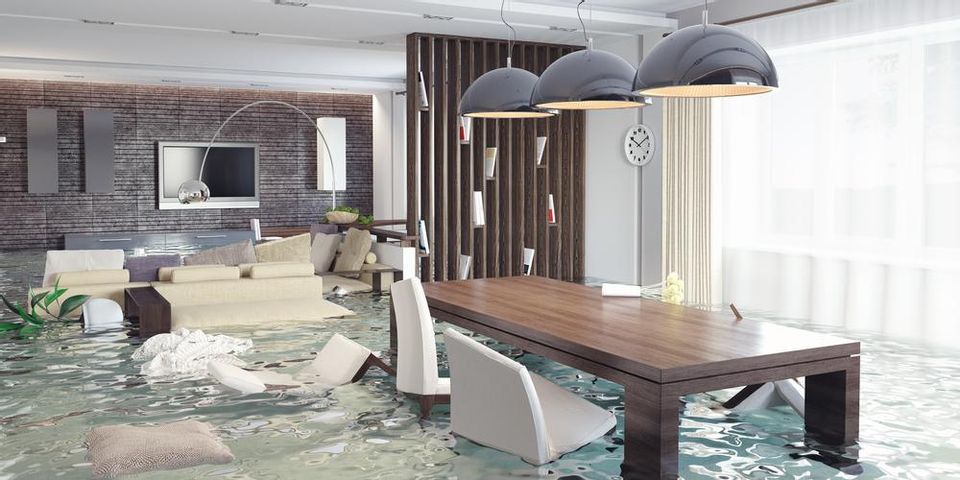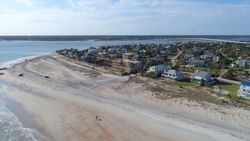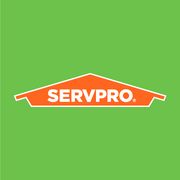How to Prepare Your Home If You Live in a Flood Zone

Floods can happen anywhere, but some areas are more prone to flooding than others. These areas are labeled flood plains by the Federal Emergency Management Agency (FEMA) and are divided into zones based on risk. If you want to mitigate water damage from flooding but aren’t sure how, the guide below outlines specific preparations you can take to protect your home and family.
Flood Preparation Tips for Homes in Designated Flood Zones
Know Your Risk
FEMA offers a tool on their website to help homeowners determine if they live in a flood plain. These statistics are frequently updated to access flooding risks. For example, part of St. Augustine, Florida, is considered a flood plain, but not the entire city. By entering your specific address, you can get a full report on your location’s risk for flooding and take steps to prepare.
For instance, to reduce the risk of damage, elevate critical utilities such as electrical panels, sockets, wiring, appliances, and heating systems. Homeowners should also waterproof basements and install a water alarm that will alert you if water starts to accumulate in your basement. If you live in a high-risk area, you should also keep a supply of emergency building materials, such as plywood, sandbags, plastic sheeting, and a pry bar, on hand.
Make Sure You Have the Right Insurance
 Most homeowners insurance policies don't account for flood damage, so separate flood insurance might be necessary. Homes and businesses in dedicated flood zones are required to have flood insurance. However, even if you live in a low-risk flooding zone, the possibility of flooding still exists. Having insurance coverage can pay for water damage restorations and water extraction immediately after the flooding subsides. Water extraction within 24 to 48 hours is crucial to prevent mold and mildew from developing in your home.
Most homeowners insurance policies don't account for flood damage, so separate flood insurance might be necessary. Homes and businesses in dedicated flood zones are required to have flood insurance. However, even if you live in a low-risk flooding zone, the possibility of flooding still exists. Having insurance coverage can pay for water damage restorations and water extraction immediately after the flooding subsides. Water extraction within 24 to 48 hours is crucial to prevent mold and mildew from developing in your home.
Have an Emergency Fund
If you don’t have insurance to pay for the cost of water extraction following a flood, start an emergency water damage fund in savings. Water extraction can cost anywhere from a few hundred to a few thousand dollars. Delaying the service due to lack of funds can cause mold, mildew, and decay in your home.
Flooding is something no homeowner wants to experience, but if your home endures water damage, the team at SERVPRO of Greater St. Augustine / St. Augustine Beach can help. Their team responds promptly to both residential and commercial properties throughout St. Johns County, FL, to provide cleanup and restoration services, including water extraction, mold remediation, carpet cleaning, and fire damage repair. Visit them online to learn more about these and other services or call (904) 429-4457 to schedule an appointment today.
About the Business
Have a question? Ask the experts!
Send your question

